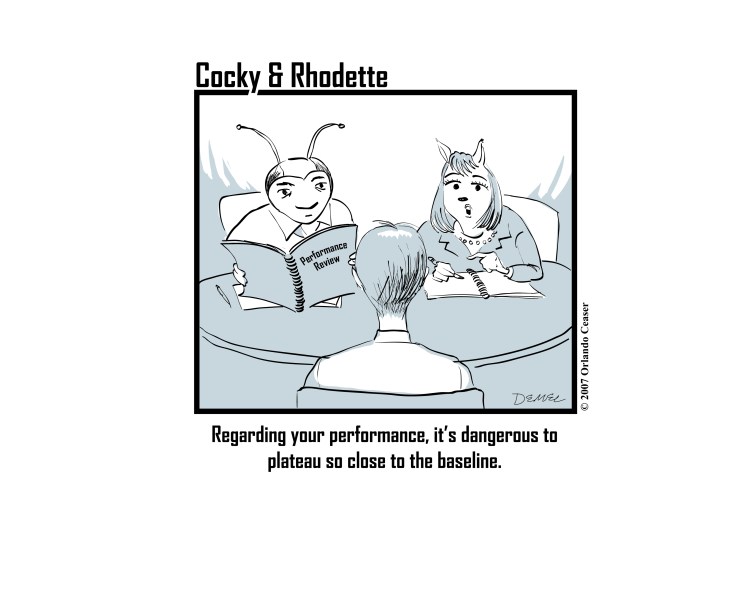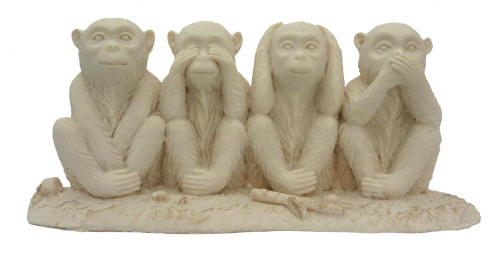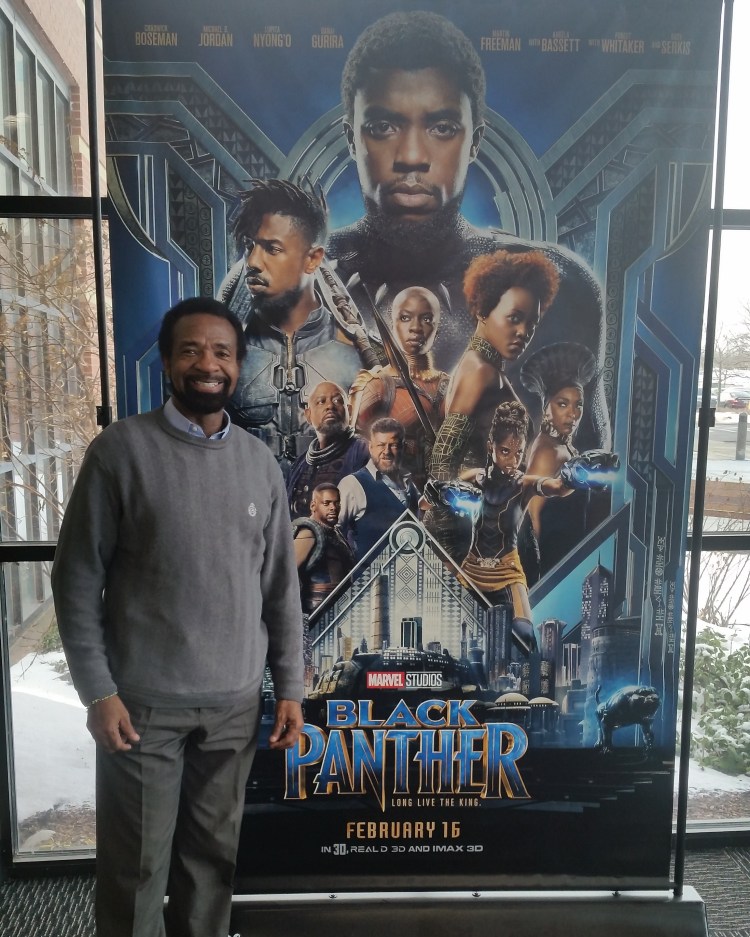
Constantly, we are exposed to stories that grab our attention. They are tales of unbelievable struggle, growth and accomplishment. People have overcome tremendous odds the and circumstances to arrive at an unforeseen destination. They may be classified as from rags to riches, from poverty to higher education, from homelessness to home ownership or from working as a janitor to becoming the principal of a school. These stories show the power of the human spirit; the magnificence of vision, goal setting, perseverance, generosity, luck and encouragement.
Our hearts were warmed a few years ago by the story of a Ted Williams, a homeless man who was called the Man With The Golden Voice. He was given a job making commercials and later returned to radio. When you think about your life, you can also create your own personal From – To Story. Look at a point in your life, a different job or think of your current position or objective in life. Where were you? Where are you? Where do you want to go? What do you want to become? What is your purpose, your destiny or your goal?
When I was younger, I would read about individuals who stated that they were the son or daughter of a sharecropper. Their bio would state, from a sharecropper’s son they rose to the position of president of their own company; from a single parent to the position of a medical doctor; from the inner city to a position in higher education. I have known individuals who have gone from an administrative assistant position to a position in sales management. These examples are all around us.
You know who you are and where you’re From, now it’s up to you to establish, what is your destination, or more specifically, what is your To? What is the right To for you? Before you arrive at your ultimate destination, there may be a series of stops along the way, therefore, there may be multiple To’s in your forecast, in your future.
What does your dream scenario look like? What is the tagline that you would want attached to the beginning of any description of your life and accomplishments? Fill in the blanks below to give yourself some practice. Thinking about your responses may fill you with a sense of accomplishment, on how well you’ve done and how far you’ve traveled. It may also show you, how far you must go and serve as a reminder of your purpose, destination and destiny.
From ________ To ___________.
From ________ To ___________.
From ________ To ___________.
From ________ To ___________.
From ________ To ___________.
I wish you success on your journey. I look forward to the day when we can discuss where you are From and your arrival to the To that is right for you. Your, From – To Story (FTS) will be a benefit to you and enrich the lives of others.
Copyright © 2019 Orlando Ceaser









![Trap_Door_c[1] Trap_Door_c[1]](https://i0.wp.com/myozonelayer.com/wp-content/uploads/2013/10/trap_door_c1.jpg?w=370&h=295&ssl=1)




